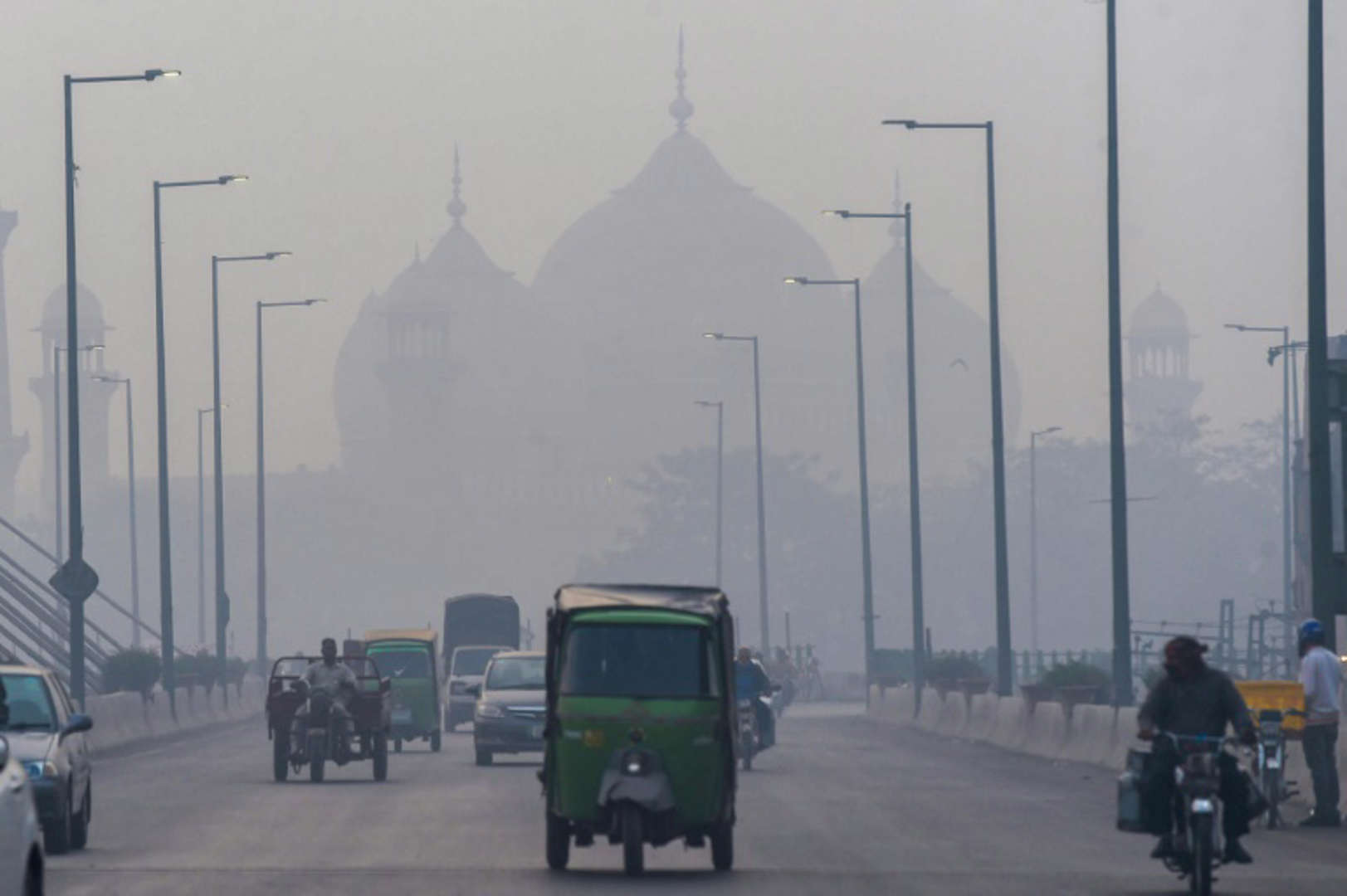India has made a decisive decision regarding urban mobility to reduce air pollution in New Delhi, the capital.
The city is gearing up for a profound transformation of its streets. Starting this month, petrol cars older than 15 years and diesel cars older than 10 years will not be allowed to refuel.
India’s measure to reduce air pollution
 Efforts are being made to reduce pollution levels.
Efforts are being made to reduce pollution levels.
This initiative has also faced criticism, as it aims to reduce pollution levels in one of the most polluted cities on the planet.
Although the decision had been announced some time ago, its implementation is now gaining strength with the introduction of an automated control system.
In other words, cameras will be installed at service stations to identify, through license plate recognition, vehicles that are no longer allowed to refuel.
According to authorities, there are over five million cars and motorcycles in the city that will be affected by this decision.
The monitoring technology is expected to start operating by mid-month. The original plan was for the measure to take effect on April 1st, but it was postponed.
The key aspect of the new scheme is the inability to refuel if the vehicle exceeds the established age limits.
To achieve this goal, authorities have created a system of cameras with automatic license plate recognition at various service stations, where the images will be cross-referenced with vehicle registration databases.
This system aims to address the issues posed by previous similar measures, which depended on physical inspections and did not have a broad reach.
According to official data, it is expected that the new approach will significantly reduce the circulation of highly polluting vehicles in the capital.
Expectations
There are still many questions and differing opinions regarding the effectiveness of this measure. This also includes the possible strategies that drivers may adopt to circumvent it.
 Air pollution
Air pollution
One speculated possibility is that users may travel to other jurisdictions to refuel. These alternative cities, located in the metropolitan area, could partially neutralize the intended effects in New Delhi.
On the other hand, a relevant fact is that a large part of the population in the Indian capital, especially the middle class, faces a challenge with this. Renewing a vehicle represents an economic burden that not many can afford.
Meanwhile, the country maintains its goal of achieving a 30% share of electric vehicle sales by 2030, and the regulation set to take effect in New Delhi is seen as part of that path.

